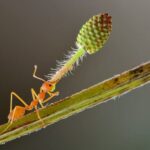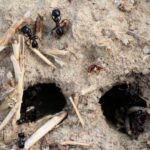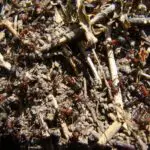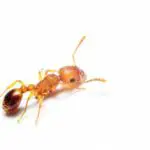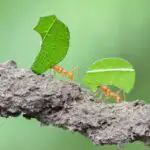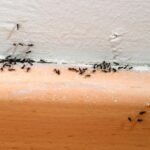How Do Ants Communicate With Each Other?
During the colony’s life cycle, ants communicate with each other in a variety of ways. They use their senses of touch, smell and sound to share information.
Ants communicate with each other by laying chemical trails that lead to food sources. These chemical trails are called pheromones. The pheromones are produced by the glands of the ant. They help to indicate the status of the ant and its nest. They also help to signal distress. When the ants are threatened or are in danger, they release the pheromones. These pheromones are strong to other ants in the colony.
Other ants, including worker ants, use the pheromones as a means of communication. They also use them to mark food sources. For instance, if they find a muffin, ant A will lay down a pheromone trail from the muffin’s location to the nest. The other worker ants will then follow the pheromone trail.
Ants can also communicate with each other by combining the pheromones with their sense of touch. When ants are traveling home from their food sources, they bump into each other. The ant that bumped into the other ant will lay down a pheromone path. This means that ant A’s scent will be detected by ant B, who will then take a piece of the muffin home.
These signals are combined with chemical signals. The ants’ sounds are low-resonance sounds, which are generated by rubbing their legs against each other. In the case of leafcutter ants, the sounds are drum-like vibrations. These sounds let other colony members know that leaf pieces are ready.

